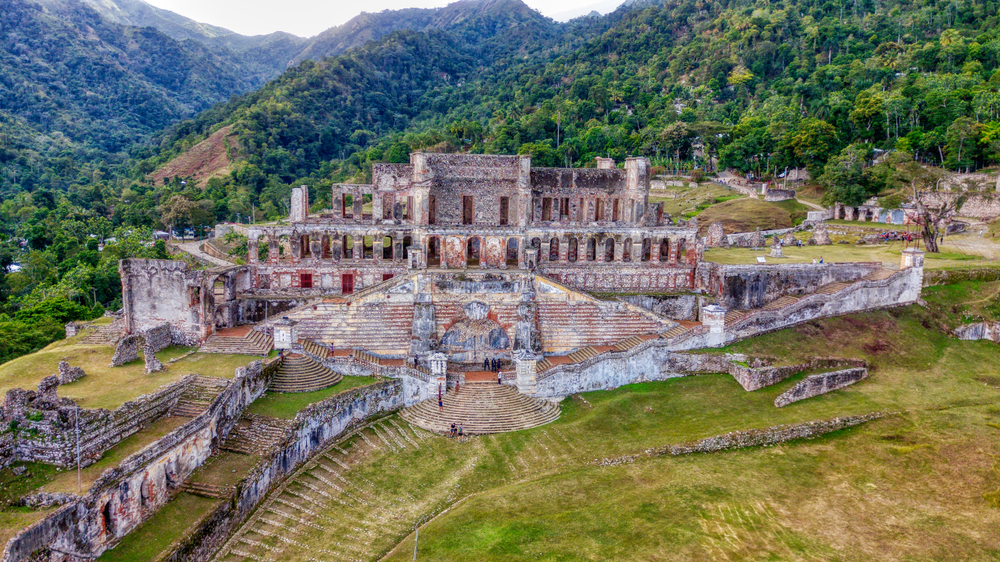Caribbean World Heritage Sites: Haiti’s National History Park
by Karen Rollins Mar 4, 2024

“World Heritage is the designation for places on Earth that are of outstanding universal value to humanity… World Heritage sites belong to all the peoples of the world, irrespective of the territory on which they are located.” – WHC website.
The Caribbean is home to 16 cultural and nine natural UNESCO World Heritage Sites spread over 14 territories. These sites speak to the region’s history, culture, development, and outstanding natural beauty.
In this series, Yello is exploring the Caribbean’s World Heritage Sites. Let’s find out more about Haiti’s National History Park.
—
Haiti’s National History Park covers an area of 25km squared and is in the central zone of the Massif du Nord that extends to the Dominican Republic, between the coastal plains and the region’s mountainous interior.
The area was declared a UNESCO World Heritage Site in 1982 and mainly consists of the ruins of the Citadelle Henry (Citadelle Laferrière), Sans-Souci Palace, and the buildings at Ramiers. Some of these monuments were built at the beginning of the 19th century when Haiti proclaimed independence and are powerful symbols of freedom.
The principal leader of the revolution Jean-Jacques Dessalines instructed Citadelle Henry to be constructed in 1804 to protect the young republic from France. “Emperor” Dessalines entrusted one of his generals, Henri Christophe, to oversee the project and, along with Haitian Henry Barré, they designed an impressive fort with huge defensive walls and a well-engineered water supply.
When Haiti was divided into two following the death of Dessalines in 1806, Christophe took over the north and declared himself as king in 1811. Two years later, King Christophe (also known as Henry I) began constructing an elaborate palace surrounded by gardens, situated at the foot of the access road to the Citadelle near to the village of Milot.
The architectural ensemble of Palace Sans-Souci comprises of the royal residence, which Henry I used as his principal home until his death in 1820; the administrative buildings; the residence of the Crown Prince; stables, barracks, prisons, and various other outbuildings.
Palace Sans-Souci was inaugurated in 1813, but when the king died in 1820, it was looted and abandoned. Yet the structures remain in relatively good condition despite also being badly damaged by an earthquake in 1842.
According to UNESCO, the Ramiers site is “a small plateau with sub-foundations and some sections of wall of a residential ensemble protected by two pairs of fortified redoubts. The site commands a superb panorama and provides an unexpected view of the Citadelle.”
The National History Park was established by a presidential decree in 1978.








